
In a remarkable turn for environmental science, Dr. Jennifer Albright, a researcher at the University of California, has begun collecting DNA from the air inside beehives. This innovative method offers a non-invasive way to monitor biodiversity, opening doors to understanding ecosystems at an unprecedented level.
Beehives as Natural Biodiversity Monitors

Beehives are bustling microcosms of the environment, with thousands of bees interacting with plants, animals, and even microbes. By capturing airborne DNA from the hive, scientists can gain insights into the surrounding biodiversity without disturbing wildlife.
What Is Environmental DNA (eDNA)?

Environmental DNA, or eDNA, refers to genetic material shed by organisms into their surroundings, such as soil, water, or air. Collecting eDNA from beehives means tapping into the genetic traces of plants, animals, and even fungi that bees encounter on their daily foraging trips.
Practical Applications of Beehive Air Sampling

This method has shown promise in detecting endangered species that may otherwise go unnoticed. For example, Albright’s team identified traces of the rare Western bumblebee’s DNA in hive air, suggesting its presence in areas where it hadn’t been seen in years.
Understanding Pollinator-Plant Relationships

Beehive eDNA also helps map the intricate relationships between pollinators and plants. By analyzing the DNA, researchers can determine which plants bees are visiting, shedding light on pollination networks vital for agriculture and wild ecosystems.
Tracking Invasive Species
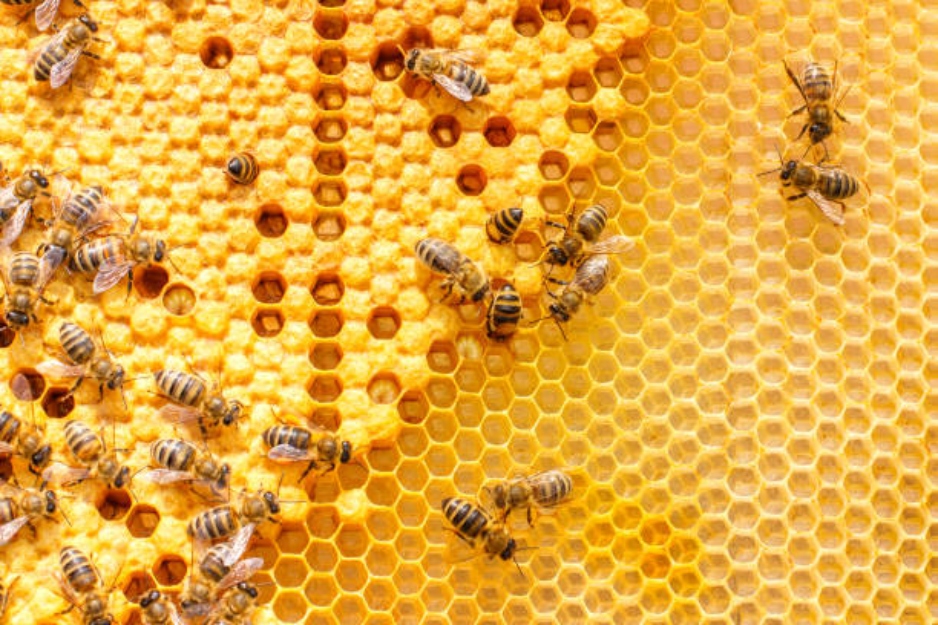
Beehive air sampling has proven valuable in identifying invasive species early. Dr. Albright’s study in California recently detected traces of the Asian giant hornet’s DNA, allowing for quicker response to its potential spread.
Insights into Bee Health and Diseases

This innovative method also aids in monitoring bee health. Albright’s team has been able to detect pathogens like Nosema and viruses that might threaten bee populations, providing a proactive approach to managing bee diseases.
A Step Forward in Climate Change Studies
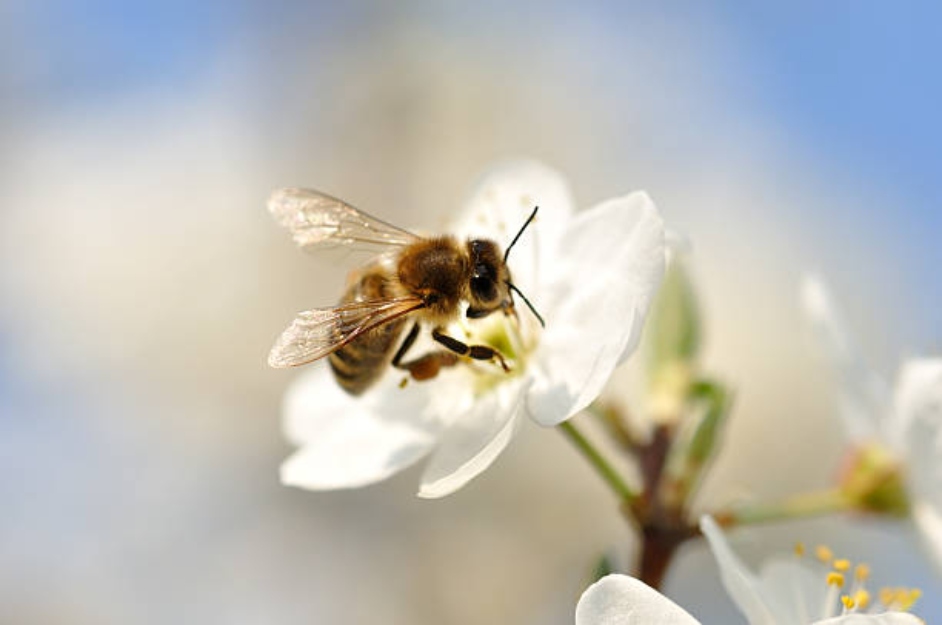
Environmental DNA from beehives offers clues about how climate change is affecting ecosystems. By tracking shifts in plant and animal DNA over time, researchers can gauge the impact of changing climates on biodiversity.
Success Stories from Previous Studies

Similar methods have been used in aquatic environments, where eDNA sampling helped track elusive species like the Great Crested Newt in the UK. Albright’s work extends this concept to terrestrial environments, making bees unexpected allies in ecological research.
A Cost-Effective Tool for Conservation
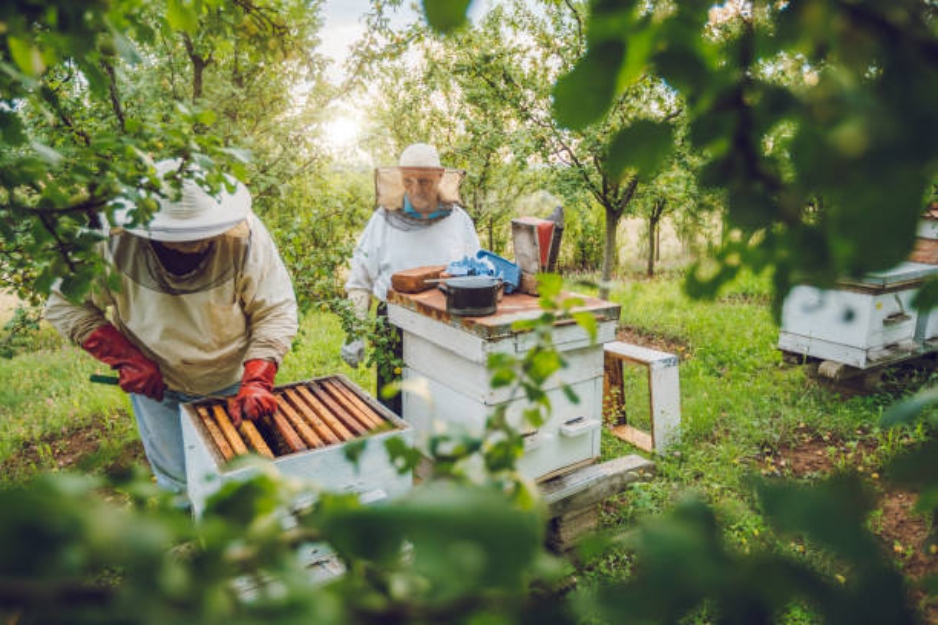
Beehive air sampling is significantly less expensive than traditional methods, such as trapping or visual surveys. This cost-effectiveness allows conservationists to monitor larger areas and allocate resources more efficiently.
Collaborations with Beekeepers
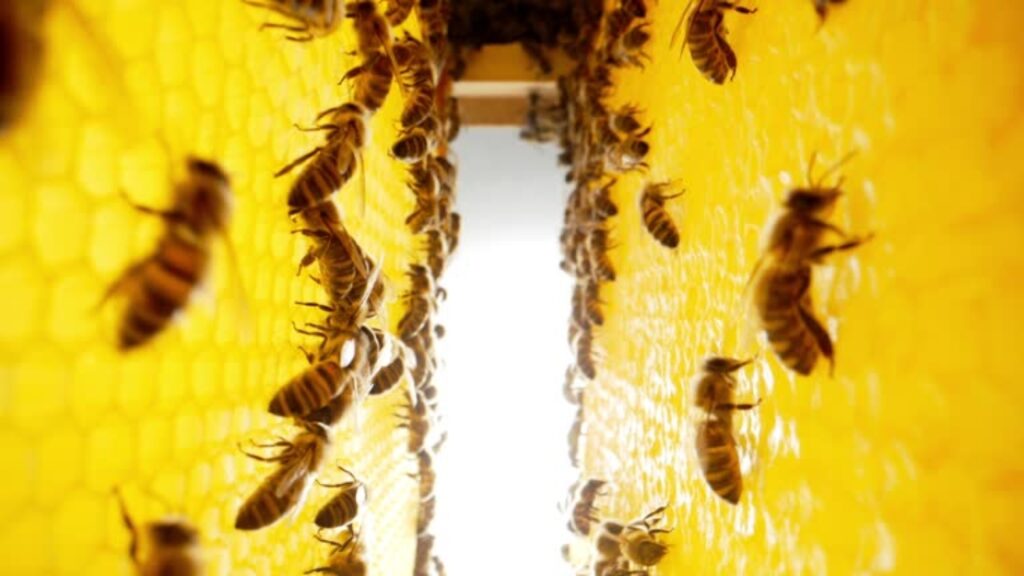
Albright’s research depends heavily on partnerships with local beekeepers. By placing air-sampling devices in hives, beekeepers play a crucial role in collecting data while contributing to broader conservation efforts.
Challenges in DNA Extraction and Analysis

Despite its promise, the technique faces challenges, including the complexity of extracting usable DNA from hive air. Dr. Albright’s team is working on refining their methods to ensure accurate and reliable results.
Broader Implications for Ecosystem Studies

The success of beehive air sampling could lead to its application in other habitats, such as bird nests or mammal burrows. This would provide a holistic view of ecosystem health and biodiversity trends across various environments.
Inspiring the Next Generation of Scientists

Dr. Albright’s groundbreaking work is also drawing interest from young scientists and conservation enthusiasts. By highlighting the role of bees in cutting-edge research, she hopes to inspire more people to pursue careers in environmental science.
The Future of Beehive DNA Research
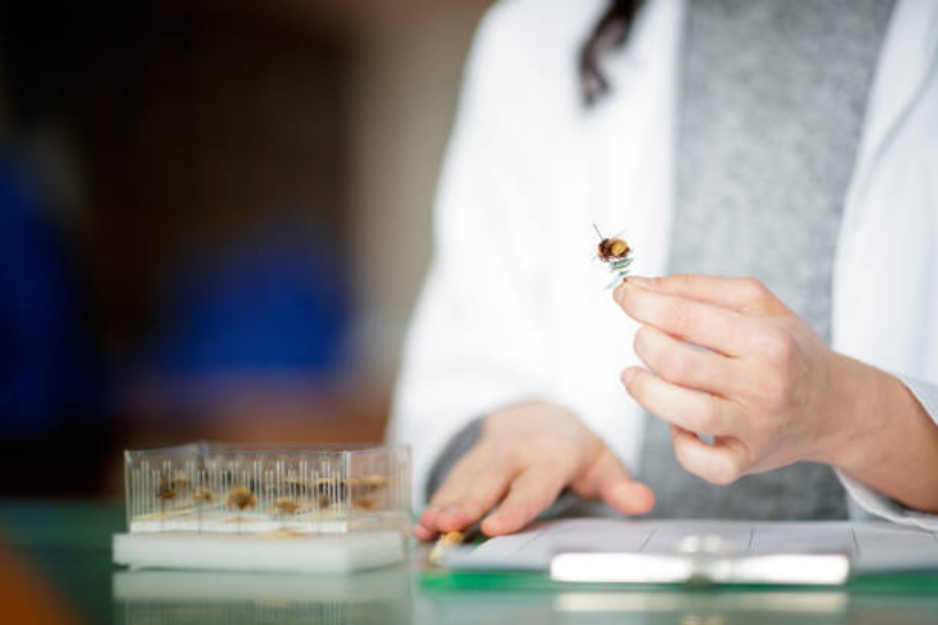
As technology improves, beehive air sampling could become a standard tool in ecological monitoring. With its potential to revolutionize how we study and protect biodiversity, this method positions bees as vital partners in the fight to conserve our planet’s natural resources.
Stay connected with us for more stories like this! Follow us to get the latest updates or hit the Follow button at the top of this article, and let us know what you think by leaving your feedback below. We’d love to hear from you!







